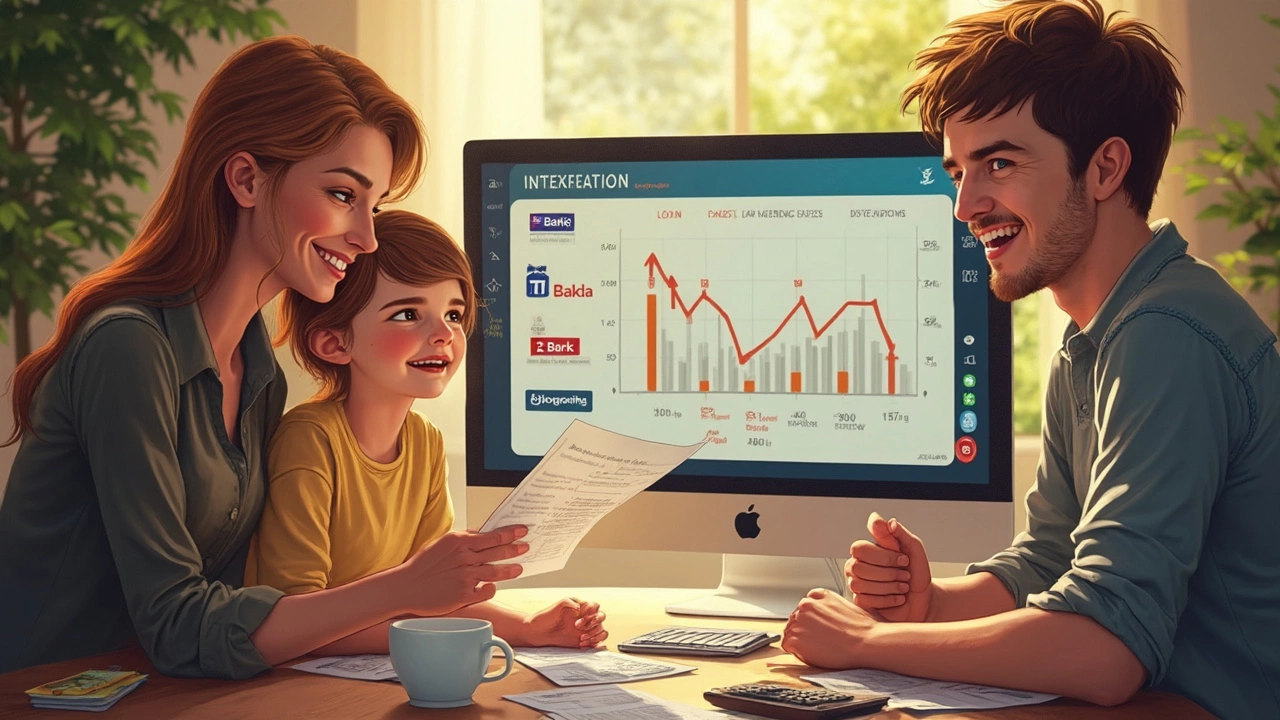Cheapest Loan Guide: How to Grab the Lowest‑Cost Borrowing
If you’re hunting for a loan that won’t eat up your budget, you’ve landed in the right spot. Below you’ll find straight‑forward steps to spot the cheapest loan, what to watch out for, and how to keep the whole process simple.
1. Start with the Numbers You Need
First, nail down exactly how much you need and how long you’ll repay it. A $5,000 loan, for example, will have a very different monthly cost than a $10,000 loan. Knowing the amount helps you compare apples‑to‑apples when you look at offers. Use a quick calculator – plug in the loan size, interest rate and term – to see what the payment will be. This quick check stops you from chasing deals that look good on paper but cost more in practice.
2. Compare Rates, Not Just Monthly Payments
Many lenders shout about low monthly payments, but that can hide a high interest rate or big fees. Look at the APR (annual percentage rate) – it bundles interest and most fees into one figure. A loan with a 6% APR will usually beat one with a 9% APR, even if the monthly payment seems similar because of a longer term.
Sites that list “cheapest loan” options often rank by APR, so start there. Pull up at least three offers and write down the APR, any origination fee, early‑repayment penalties and the total amount you’ll repay over the life of the loan.
For a personal loan of $10,000, a 6% APR could cost you about $150 a month over a three‑year term, while a 9% APR pushes that to roughly $320. That difference adds up to over $1,500 extra you’d pay with the higher‑rate loan.
3. Check Your Credit Score – It Sets the Bar
Credit score is the gatekeeper for cheap loans. The higher your score, the more lenders will compete to give you a low‑rate deal. If you’re sitting around a 450 score, know that some lenders still offer loans, but they come with steep rates. Aim to improve your score a little before you apply – pay down a small balance, correct any errors on your report, and avoid new credit inquiries.
Even a 20‑point bump can shave 0.5% off the APR, which translates to noticeable savings over time.
4. Spot Hidden Fees Early
Origination fees, pre‑payment penalties, and even late‑payment fees can turn a cheap‑looking loan into an expensive one. Some lenders charge a flat $100 fee up front, while others add a percentage of the loan amount. Always ask the lender to list every charge in writing before you sign.
If a loan advertises “no fee,” double‑check that it truly means no hidden costs. A zero‑fee loan with a 9% APR is still pricier than a $100 fee loan at 6% APR.
5. Use Fast‑Track Approval Options Wisely
Fast approval can be tempting, especially if you need cash quickly. However, speed often comes with higher rates. The “quick loan” market is full of offers that look cheap because the monthly payment is spread over a long term, but the total interest paid blows up. Balance urgency with cost – sometimes waiting a week for a better rate saves you hundreds.
6. Take the Long View
When you compare loan offers, think beyond the first month. Ask yourself: Will I be able to keep up with the payment if my income drops? Does the loan have flexible repayment options? A cheap loan that leaves you stuck with a payment you can’t afford isn’t cheap at all.
In summary, finding the cheapest loan means (1) knowing your exact borrowing need, (2) comparing APRs, (3) polishing your credit score, (4) hunting down hidden fees, (5) weighing speed against cost, and (6) planning for the whole loan life. Follow these steps and you’ll walk away with a low‑cost loan that actually helps, not hurts, your finances.

Finding the cheapest auto loan interest rate can save you a bundle over the life of your loan. This article guides you through different interest rates available, helping you understand what influences these rates and how to secure the best deal. With valuable tips and practical insights, you'll navigate the world of car finance with ease and confidence. From improving your credit score to timing your purchase right, these strategies will ensure you're getting the most bang for your buck.
Read More